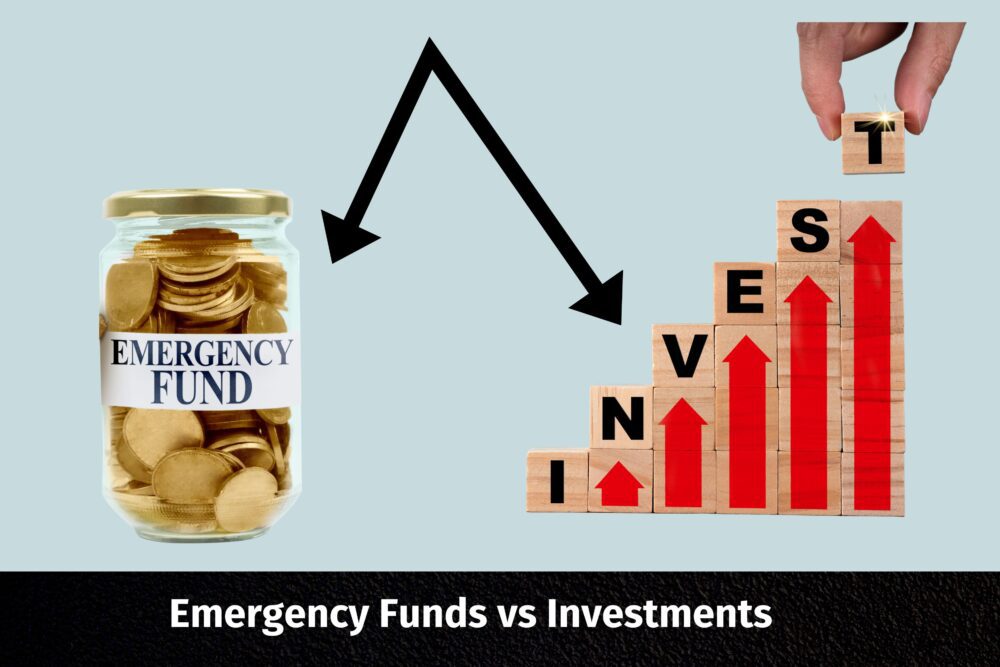In the ever-evolving landscape of finance, the theories and principles that govern it have undergone significant transformations. The mid-20th century saw the dominance of traditional finance theories, which later gave way to a more human-centric approach, recognising the pivotal role of psychology in financial decision-making. Join us as we traverse this fascinating journey of evolution in the financial world, a journey from rigid theories to a more flexible, realistic, and humane understanding of finance.
The 1950s and 1960s: The Reign of Traditional Finance
During the golden era of the 1950s and 1960s, traditional finance theories were the beacon guiding financial understanding and decision-making. This period was characterised by groundbreaking theories such as the Mean-Variance Portfolio Theory, Rational Investors, and the Capital Asset Pricing Model (CAPM). These theories, which were later honoured with numerous Nobel Prizes, were primarily focused on understanding the dynamics that explained market behaviour, often sidelining the psychological components as distractions.
However, as we delve deeper, we find that these theories, although revolutionary, had a significant drawback: they largely ignored the human element, the psychological nuances that play a crucial role in financial decision-making.
The 1970s and 1980s: The Tussle Period
As we step into the 1970s and 1980s, we find the financial world at a crossroads, grappling with the evident flaws in traditional finance theories. It was a period of tussle, a period of retaliation and introspection. Scholars and thinkers like Daniel Kahneman, Amos Tversky, and Robert J. Shiller embarked on a path less travelled, exploring why financial markets sometimes diverged significantly from economic fundamentals and why price anomalies persisted over extended periods.
This period saw a surge in studies and research that questioned the very foundations of traditional finance, paving the way for a new school of thought that integrated psychological insights into financial theories.
Case Studies and Incidents: Meir Statman and Hersh Shefrin
In the midst of this tussle, in 1982, Meir Statman and Hersh Shefrin found themselves challenging the established norms. They presented a paper that argued against the rational investor hypothesis posited by Merton Miller and Franco Modigliani in 1961. This paper, submitted to the Journal of Financial Economics, faced vehement opposition, with some editors even threatening to boycott the journal if the paper got published.
Despite the resistance, this incident marked a significant milestone in the journey of behavioural finance, opening doors to discussions that integrated psychological insights into financial theories, and challenging the status quo.
The Integration of Traditional and Behavioural Finance
As we move forward in our journey, we witness the gradual acceptance and integration of behavioural finance into the mainstream. The investor, once considered a ‘rational’ entity, began to be seen through a more realistic lens, acknowledging the ‘normal’ tendencies influenced by a myriad of psychological factors.
Today, we find ourselves in a world where traditional finance alone cannot suffice, especially in the realm of personal finance. The integration of behavioural insights has become indispensable, offering a more grounded and realistic approach to financial planning and decision-making.
Conclusion
As we conclude our journey, we stand at a juncture where the financial world embraces a more holistic approach, recognising the complex interplay of psychology and economics in shaping financial decisions. It is a testimony to the ever-evolving nature of finance, a field that beautifully marries economic principles with human behaviour, offering a richer and more nuanced understanding of financial markets.
Through this journey, we have witnessed a transformative shift, a shift from rigid, mathematical models to a more flexible approach that recognises the human element in financial decision-making. It is a fascinating world, ever-evolving, and rich with insights that cater to the ‘normal’ investor, offering pathways to financial well-being grounded in reality.








